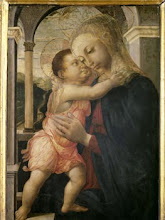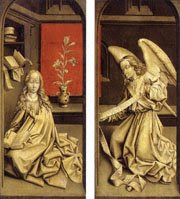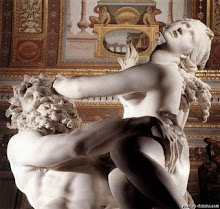


BAZZANI, Giuseppe
(b. 1690, Mantova, d. 1769, Mantova)
Biography
Italian painter. He was the son of the goldsmith Giovanni Bazzani and trained in the studio of Giovanni Canti (1653-1715). Giuseppe was a refined and cultivated artist and as a young man profited from the rich collections of art in Mantua, studying the works of Andrea Mantegna, Giulio Romano, 16th-century Venetian painters, especially Paolo Veronese, and Flemish artists, above all Rubens.
His earliest works, for example the Assumption (private collection), reveal an affinity with contemporary Venetian painters such as Giovanni Battista Piazzetta, Federico Bencovich and Andrea Celesti, but Bazzani rapidly absorbed the influence of Antonio Balestra, Domenico Fetti and most of all Rubens and Veronese. The inspiration of the last two artists is apparent in a number of works that may be dated in the 1720s and early 1730s. These include the Miracles of Pius V, the Conversion of a Heretic and the Healing of a Madwoman (all mid-1720s; Mantua, Museo Palazzo Ducale) painted for the church of S Maurizio in Mantua; paintings of St John the Evangelist, St Mark and St Luke (all late 1720s; Vasto di Goito, parish church); and the Baptism, the Ecstasy of St Aloysius Gonzaga (1729) and the Ecstasy of SS Francis and Anthony (1732; all Borgoforte, parish church). Seven paintings of scenes from the Life of Alexander the Great (Mantua, Museo Palazzo d'Arco), which date from c. 1738, were painted for Giacomo Biondi, one of the artist's first patrons, and are distinguished by their theatrical splendour and awareness of a rich artistic tradition. This period culminated in the Baroque drama of the Delivery of the Keys to St Peter (1739; Goito, parish church), Bazzani's first documented work.
Bazzani absorbed the painterly styles of earlier artists such as Paolo Veronese, Pieter Paul Rubens, and Anthony van Dyck. Bazzani's rapid, sketchy brushstroke may have derived not only from these artists but also from his Italian contemporary, Alessandro Magnasco. Bazzani remained in Mantua throughout his entire artistic career and died there. From 1752 he was professor at the Academy of Fine Arts in Mantua.




























.jpg)


.jpg)











